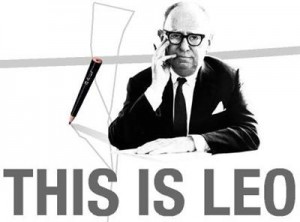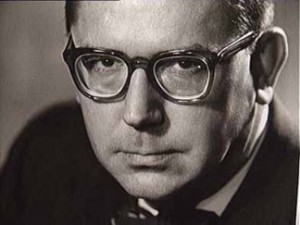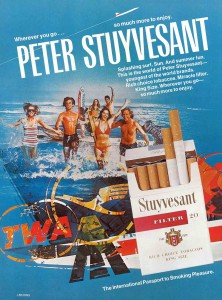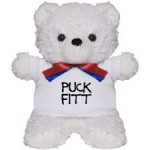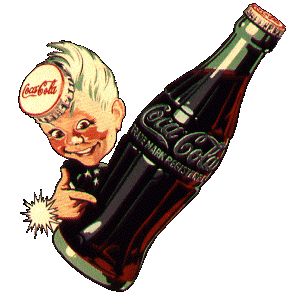By Bob O’Gara
Pittsburgh is a treasure trove of professional organizations dedicated to professionals in advertising, marketing, promotions and public relations. Many have designated members to help in job searches, professional development and other areas of career interest.
members to help in job searches, professional development and other areas of career interest.
Most will give students a break on memberships and/or admission to professional meetings. The meetings are normally open to anyone and sometimes you might just sit next to someone and get a referral or lead toward a nice opportunity. The meetings themselves are a nice way to gain insight to leading edge IMC trends. Here are a few possibilities:
- Pittsburgh Ad Fed, the local chapter of American Advertising Federation. pghadfed.org
- Pittsburgh Chapter, Public Relations Society of America. prsa-pgh.org
- Pittsburgh Chapter of International Association of Business Communicators. pittsburgh.iabc.com
- Media Association of Pittsburgh. mediapittsburgh.com
- Pittsburgh Chapter of American Marketing Association. amapittsburgh.com
Check financial information on these sites for student-friendly discounts. As an example, Media Association of Pittsburgh breakfast sessions are free to students and Pittsburgh PRSA has a highly discounted “New Professional” discount.

